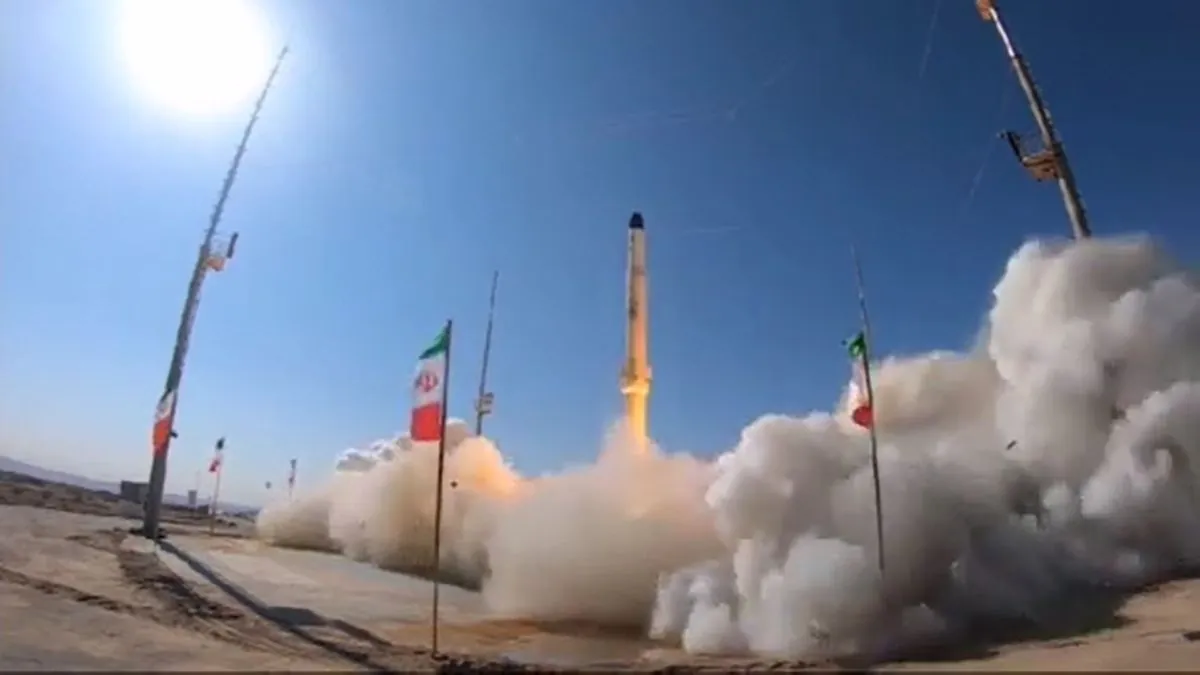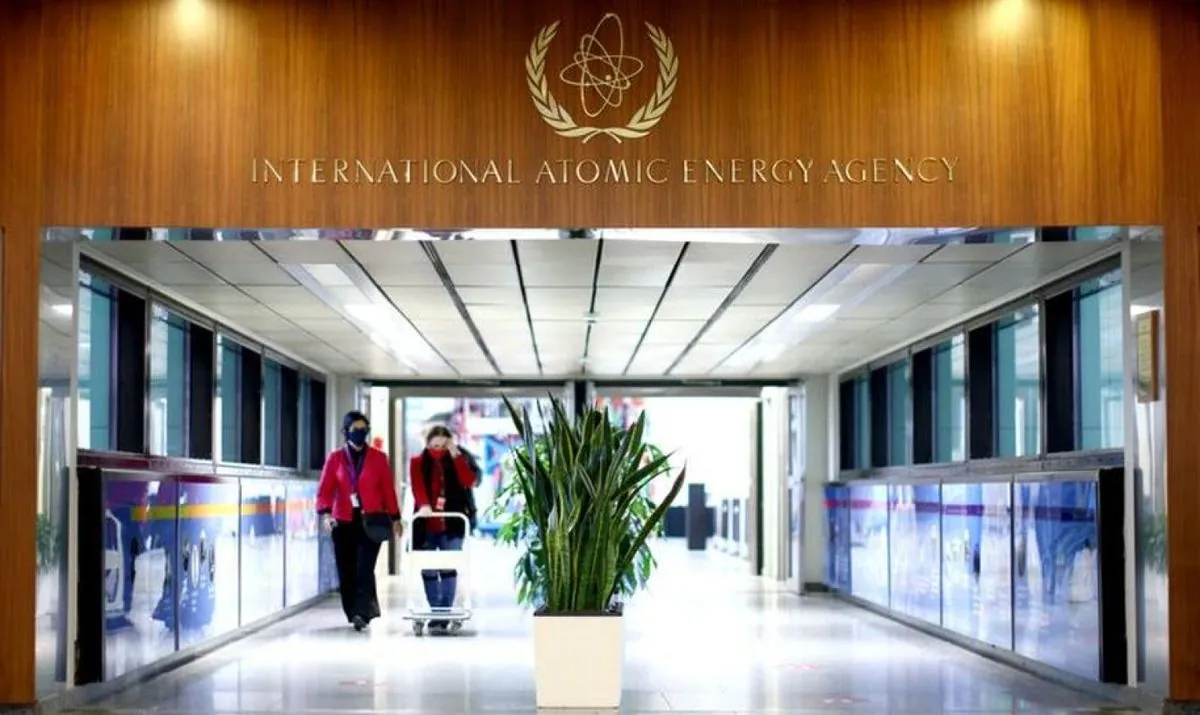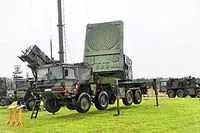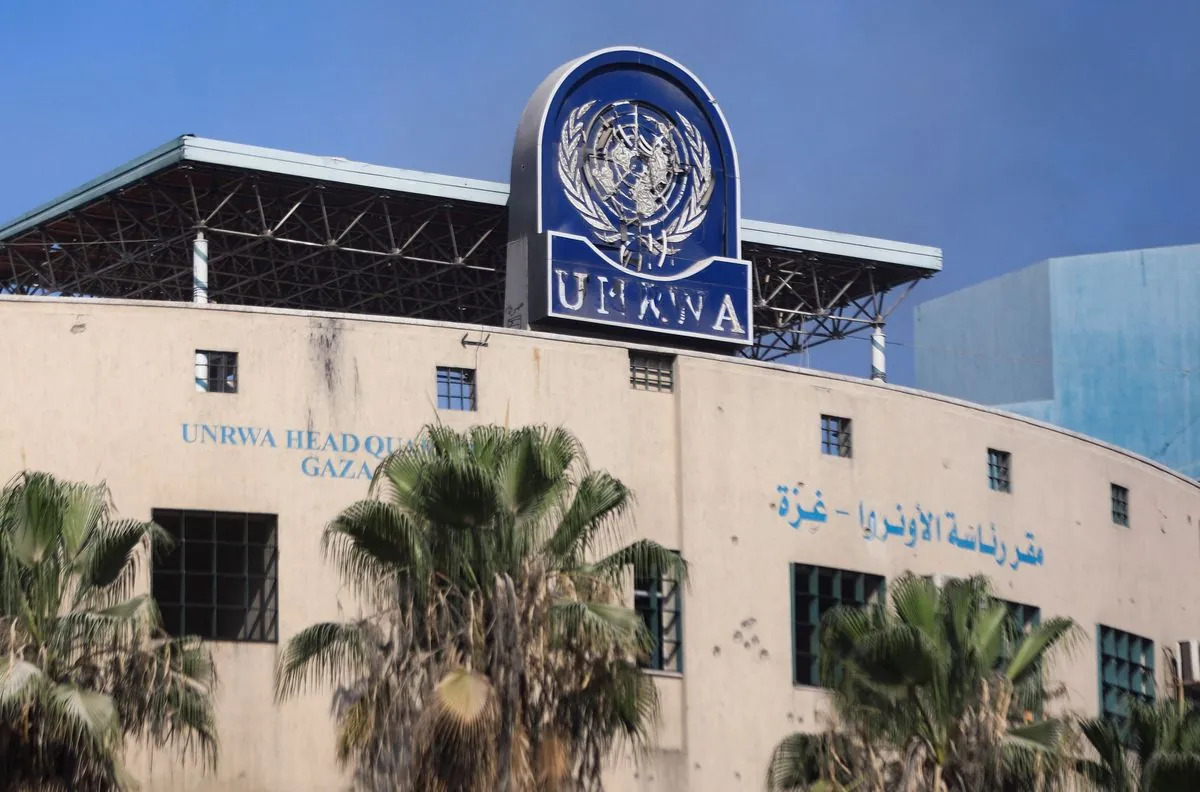Iran Launches Second Research Satellite Amid International Concerns
Iran successfully orbited its Chamran-1 research satellite, marking its second launch in 2024. The event occurs amidst accusations of missile transfers to Russia, which Iran denies.

On September 14, 2024, Iran successfully launched its Chamran-1 research satellite into orbit, marking the nation's second successful satellite deployment this year. The satellite, designed and manufactured by Iranian Electronics Industries (SAIran), achieved a 550-kilometer orbit.
This launch follows the January 2024 deployment of the Sorayya satellite, which reached a 750-kilometer orbit, the highest altitude achieved by an Iranian satellite to date. These achievements highlight Iran's growing capabilities in space technology.

Iran's space program, initiated in 2004, has made significant strides despite facing international sanctions and scrutiny. The country became the 9th nation to put a domestically-built satellite into orbit with the launch of Omid in 2009. The Iranian Space Agency, operating under the Ministry of Information and Communications Technology, has stated that its space program serves peaceful purposes, including telecommunications and disaster monitoring.
However, the recent launch occurs against a backdrop of international tension. The United States and European nations have accused Iran of transferring ballistic missiles to Russia, potentially for use in the ongoing conflict with Ukraine. Iran has consistently denied these allegations.
The U.S. military has expressed concerns that the long-range ballistic technology used in satellite launches could potentially be applied to develop long-range weapons, including those capable of carrying nuclear warheads. Iran refutes these claims, asserting that its satellite activities are not a cover for ballistic missile development and maintaining that it has never pursued nuclear weapons.
Iran's missile program, which dates back to the Iran-Iraq War in the 1980s, is considered one of the most advanced in the Middle East. The country has developed a range of short, medium, and long-range missiles, contributing to its significant missile arsenal in the region.
Despite these advancements, Iran's space program has faced technical challenges, resulting in several failed satellite launches in recent years. The country has collaborated with other nations, including Russia and China, on space technology to overcome these hurdles.
As Iran continues to develop its space capabilities, with aims to send an Iranian astronaut to space by 2025, the international community remains watchful. The United Nations has passed resolutions calling on Iran to halt its ballistic missile program, while the U.S. has imposed sanctions on Iran's space agency and related organizations.
"Our satellite launches are purely for research and peaceful purposes. We categorically deny any allegations of missile transfers or the development of nuclear weapons."
This latest satellite launch underscores the ongoing tension between Iran's technological aspirations and international concerns about the potential dual-use nature of its space program.


































